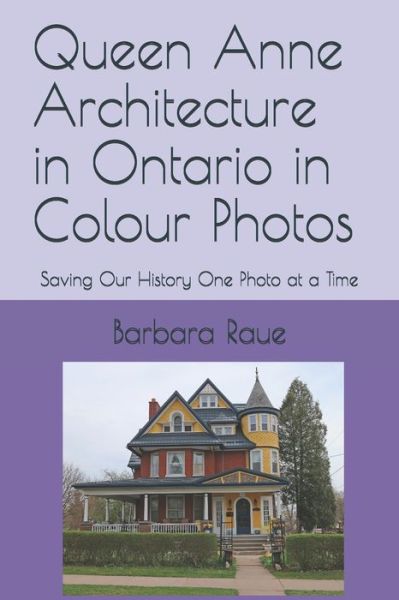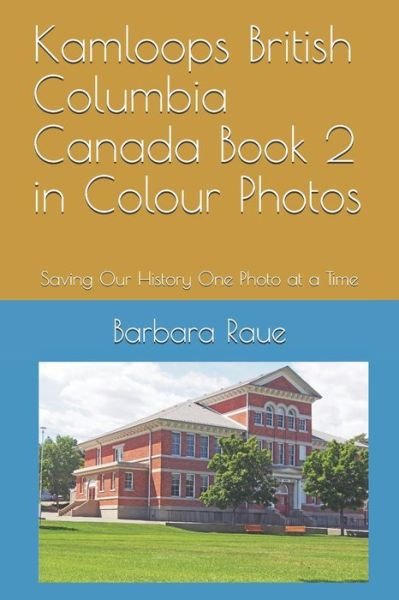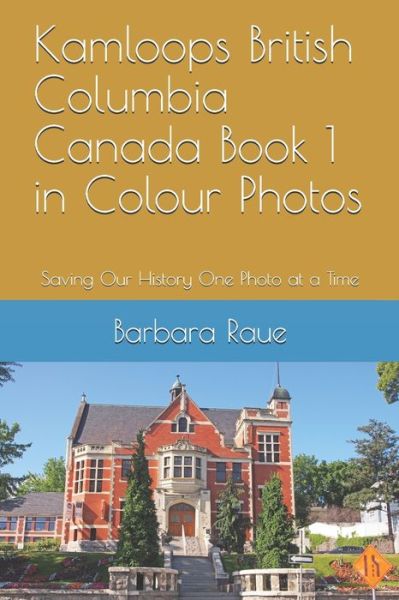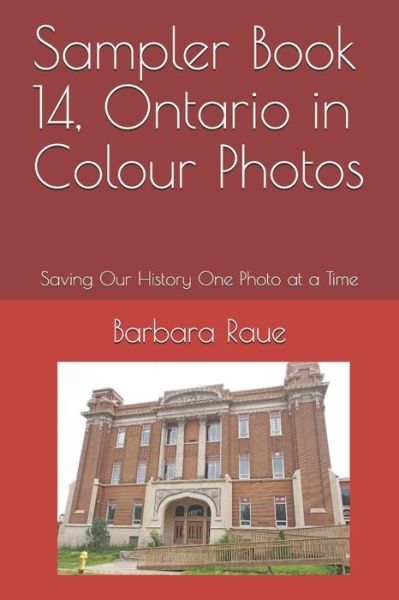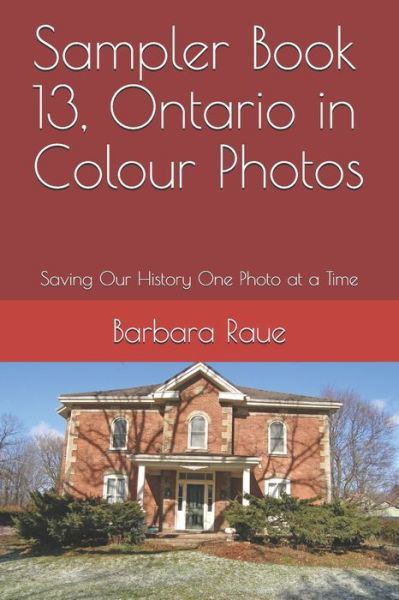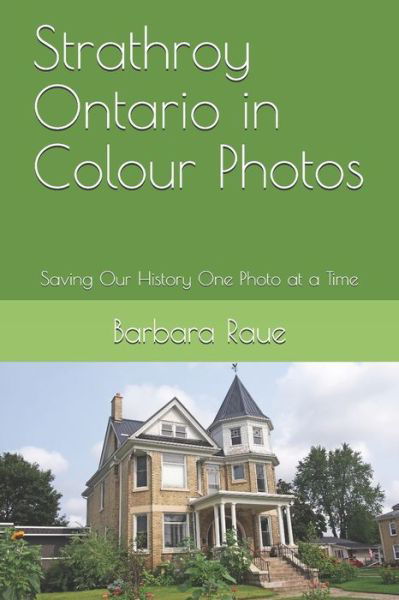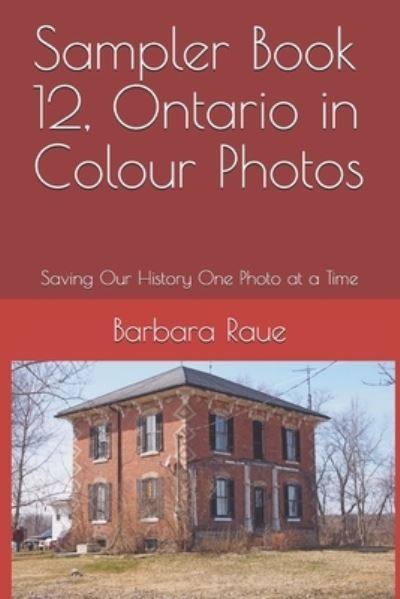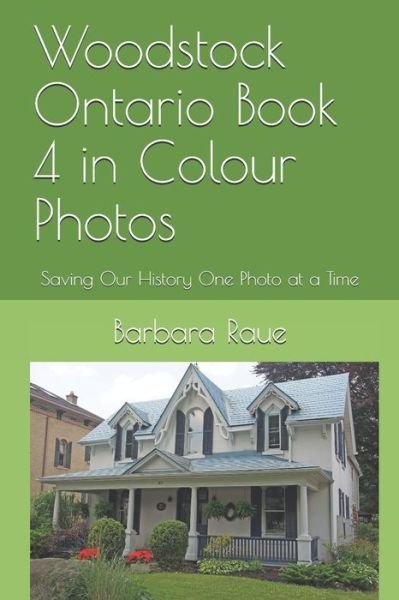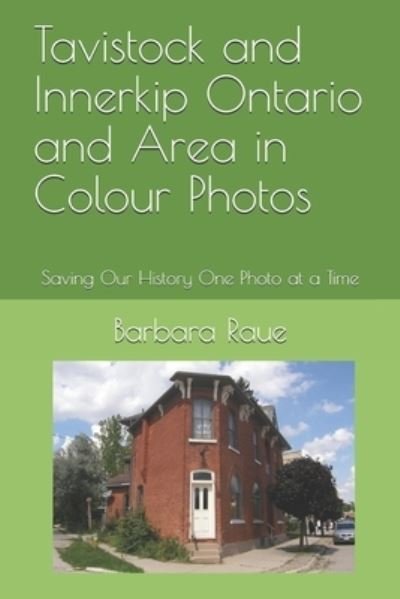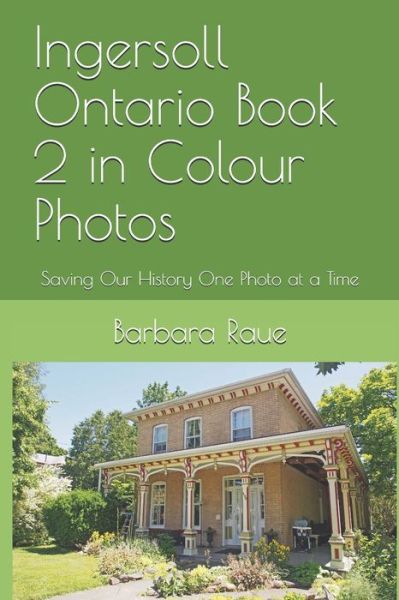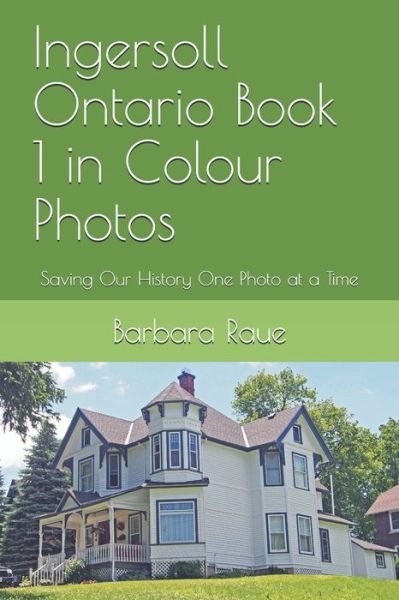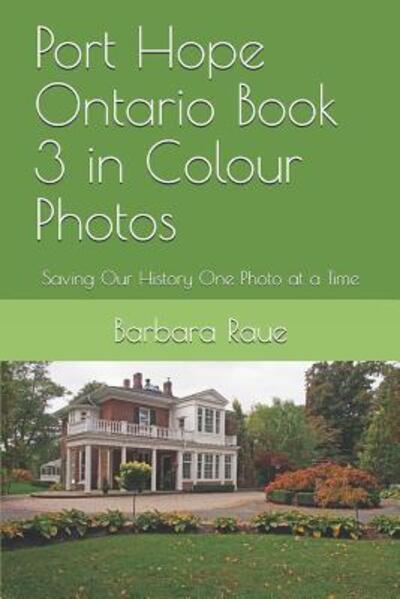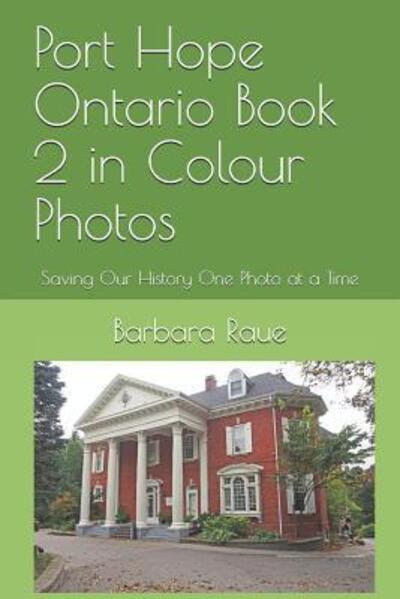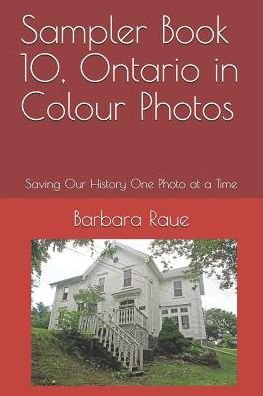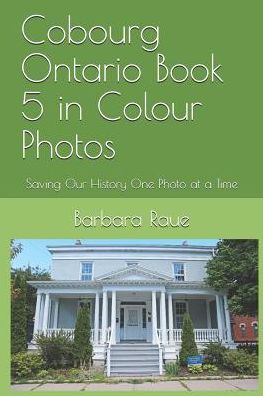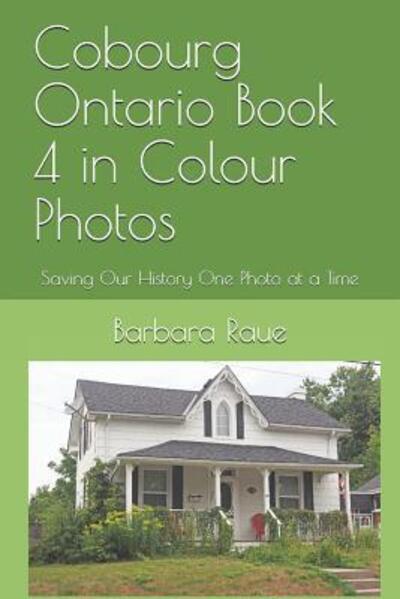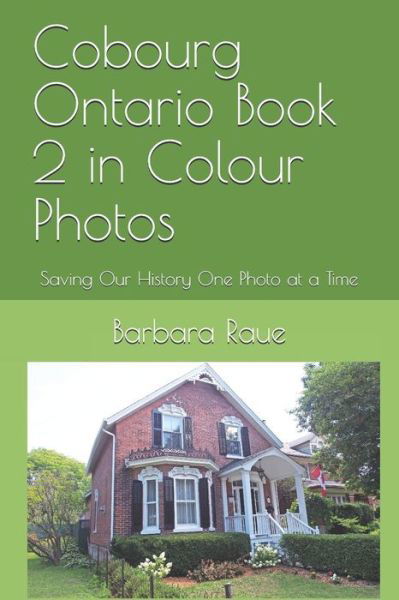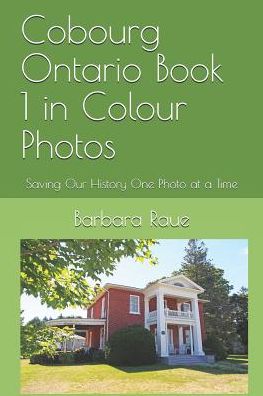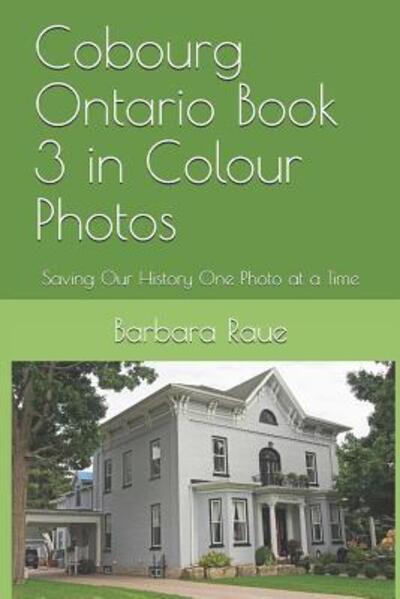
Tell your friends about this item:
Thunder Bay, Ontario Book 4 (Fort William Book 2), in Colour Photos
Barbara Raue
Thunder Bay, Ontario Book 4 (Fort William Book 2), in Colour Photos
Barbara Raue
Fort William was a city in Northern Ontario located on the Kaministiquia River at its entrance to Lake Superior. It amalgamated with Port Arthur and the townships of Neebing and McIntyre to form the city of Thunder Bay in January 1970. The city's Latin motto was A posse ad esse (From a Possibility to an Actuality) featured on its coat of arms designed in 1900 by town officials. "On one side of the shield stands an Indian dressed in the paint and feathers of the early days; on the other side is a French voyageur; the center contains an elevator, a steamship and a locomotive, while the beaver surmounts the whole."In about 1684, Daniel Greysolon, Sieur du Lhut, established a trading post near the mouth of the Kaministiquia River. French authorities closed this post in 1696 because of a glut on the fur market. In 1717, a new post, Fort Kaministiquia, was established at the river mouth. The post was abandoned in 1758 or 1760 during the British conquest of New France. In 1803, the Nor'Westers established a new fur trading post on the Kaministiquia River and the post was named Fort William in 1807 after William McGillivray, chief director of the North West Company from 1804-1821. After the union of the North West Company with the Hudson's Bay Company (HBC) in 1821 most trade shifted to York Factory on Hudson Bay. Two townships (Neebing and Paipoonge) and the Fort William Town Plot were surveyed in 1859-60 and opened to settlement. By 1883-84, the Montreal-based CPR syndicate, in collaboration with the Hudson's Bay Company, clearly preferred the low-lying lands along the lower Kaministiquia River to the exposed shores of Port Arthur, which required an expensive breakwater if shipping and port facilities were to be protected from the waves. The CPR subsequently consolidated all its operations there, erecting rail yards, coal-handling facilities, grain elevators and a machine shop.
| Media | Books Paperback Book (Book with soft cover and glued back) |
| Released | October 16, 2017 |
| ISBN13 | 9781976031274 |
| Publishers | Createspace Independent Publishing Platf |
| Pages | 52 |
| Dimensions | 152 × 229 × 4 mm · 108 g |
| Language | English |






